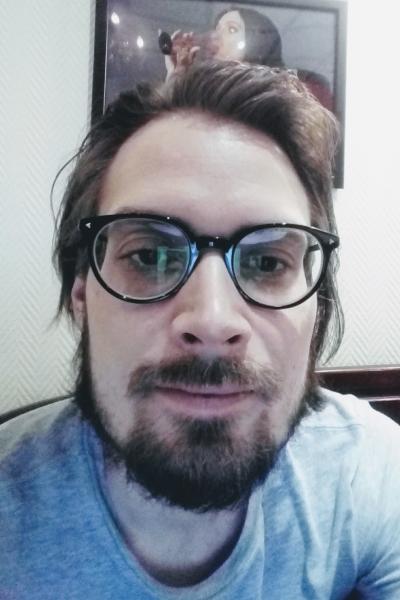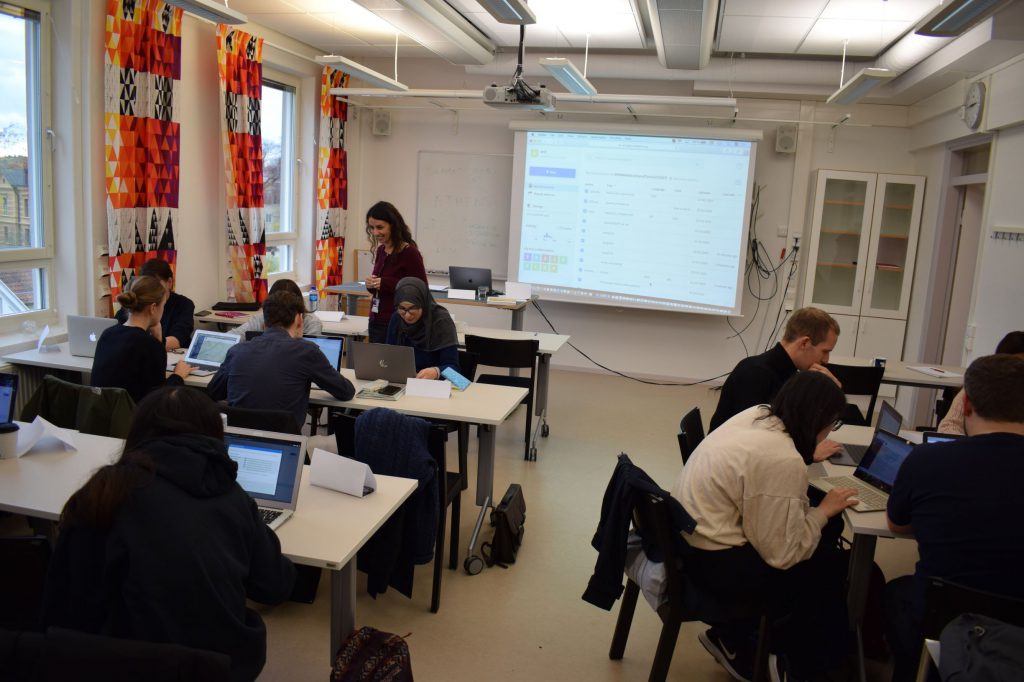Just before the christmas break, I got the opportunity to ask a few questions to Matts Lindström, the course coordinator for the course Tools and Methods: Critical Encounters.
What is your research background and how did you find Digital Humanities as an educational and research subject?

My background as a researcher and academic is in the History of Science and Ideas, and more precisely in Media history. So I’m not really a DH researcher per se. My interests are more geared towards using different theoretical and historical perspectives to better understand digital society and culture, including the recent formation of digital humanities as a new field of knowledge production (or even disciplinary field in its own right).
Also, I work as a coordinator for the Digital Humanities Uppsala network, so teaching on the Masters course was a natural fit in that role as well.
How do you use digital tools or digital methods in your own research?
I don’t, if by “digital methods” you mean quantitative methods, natural language processing algorithms, topic modelling etc. – i.e. various forms of statistical analysis or “distant reading”. I might in the future, however, as I am part of a few DH projects that are currently in development and looking for funding.
Also, I should add that I am what you could call “code literate”. So while working on my dissertation I sometimes used various home cooked scripts and open source tools to collect and occasionally curate digitised historical sources (the standard unix toolchain for text processing mostly, like wget, grep, regular expressions etc). This, however, had no theoretical or methodological implications for my research. It just made things easier, just like a word processor and the Internet makes certain research and writing operations much easier than for instance the historical combination of a typewriter and a library.
What was for you the most successful or meaningful part of the course?
Well we are still evaluating, but I hope that the most succesful part was the integration of historical, critical/theoretical themes with the practical workshops that we held.

What would you say is the core of the course?
First, the course aims to make the students aware that there are various means — tools and methodologies — which can be leveraged in digital humanities research. And to give them some practical experience of using a few of these tools.
Second, the course aims to make them aware that it is important that such tools and methods are framed and evaluated within the tradition of critical and historical perspectives that are the central area of expertise for humanists (digital or not).
The core then, I would say, is the integration of practice and theory through critical reflection.
As a historian of Science and Ideas and a media historian I believe it is always crucial to understand the conditions surrounding whatever knowledge production you engage in, be these technological or discursive. The historical conditions of possibility of knowledge – to put it in, I suppose, slightly foucauldian language (referring to the theories of philosopher Michel Foucault) .
For instance, if you are working with some sort of digital mapping tool it is important to understand that there is a long history (going as far back as the antiquity), both within science and the humanities of using various technologies and media for visualising and mapping space. Similarly the problem of managing huge amounts of data, which is integral to the whole Big Data theme, is a recurring phenomena in the history of knowledge.
So, I believe it is important to be aware of such things and to critically reflect on how digital tools, or any tool or media technology, affects and shapes your thinking, your writing – in the end, the actual knowledge that you produce as a student or researcher.
This, I hope, is one of the main take aways of the course.
